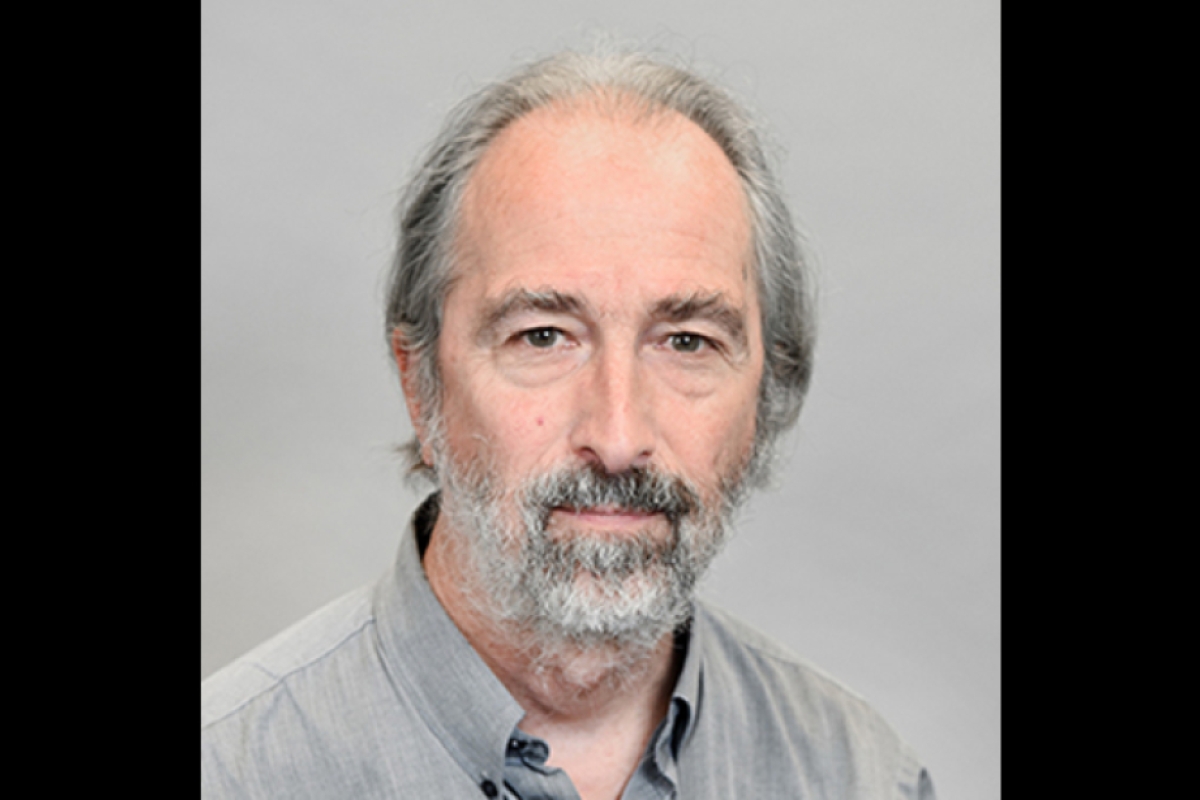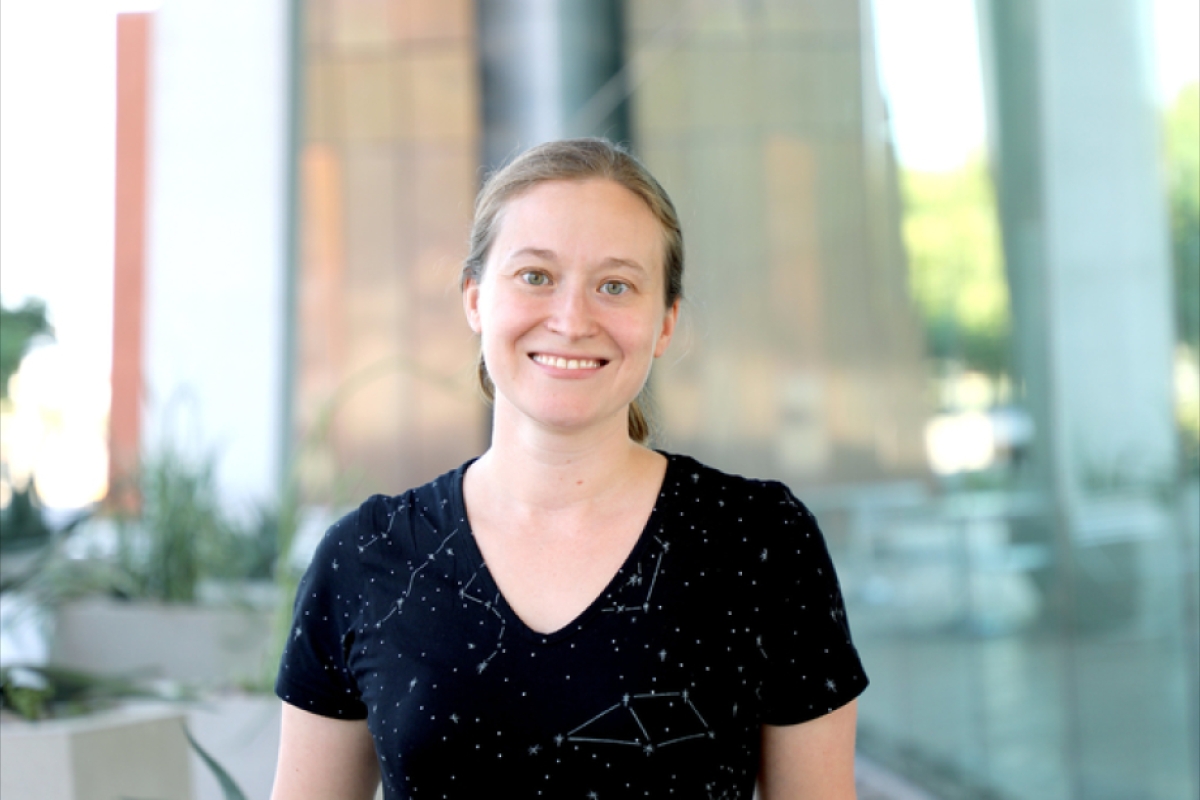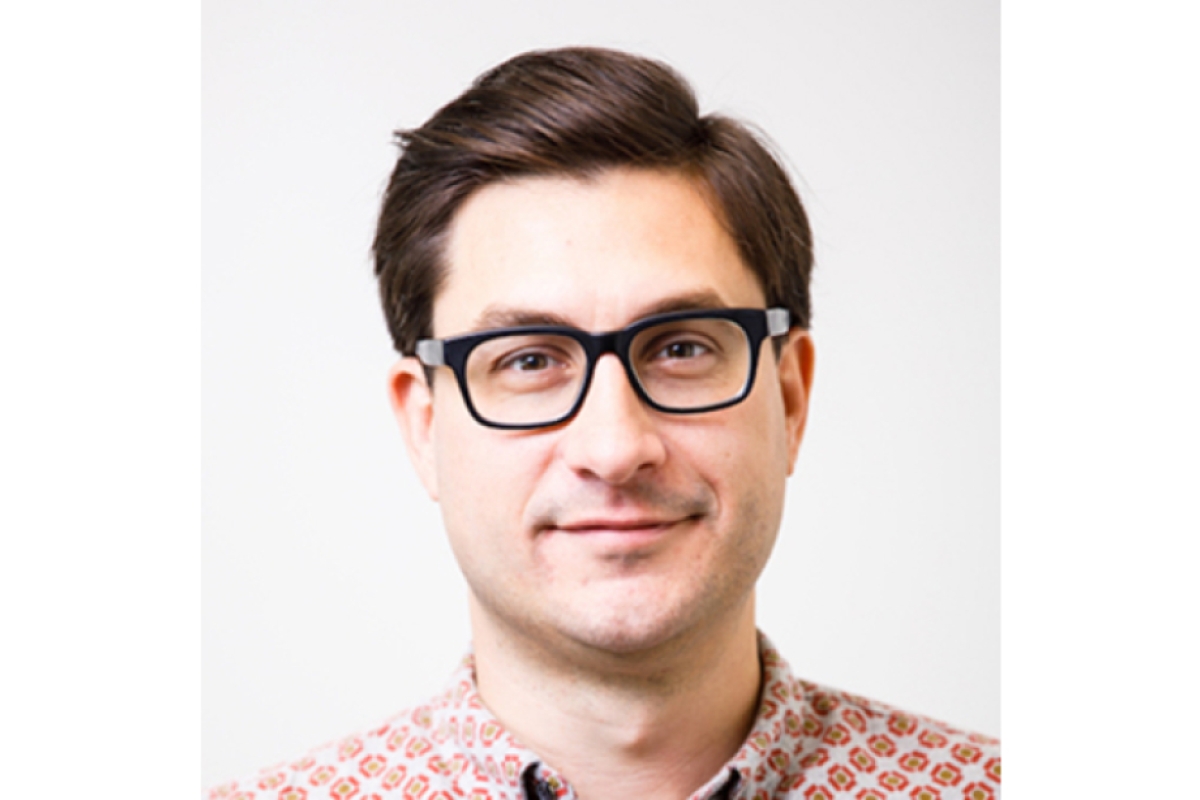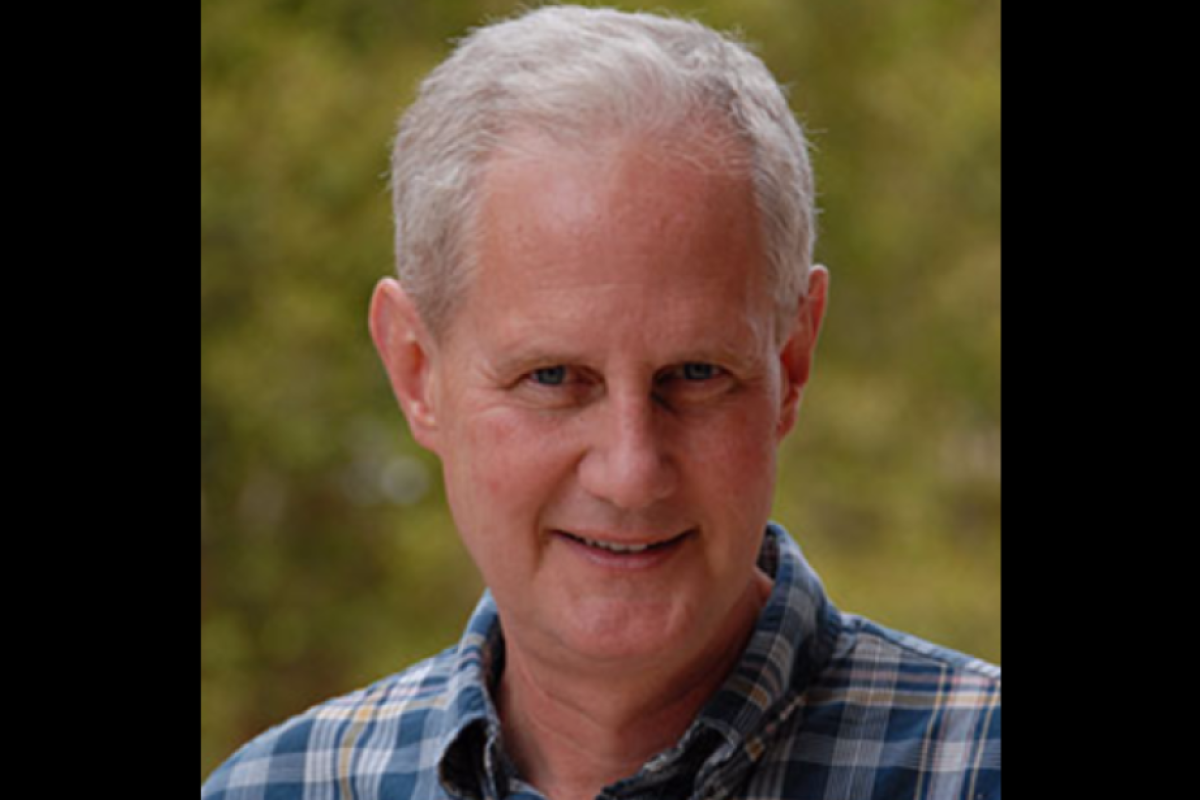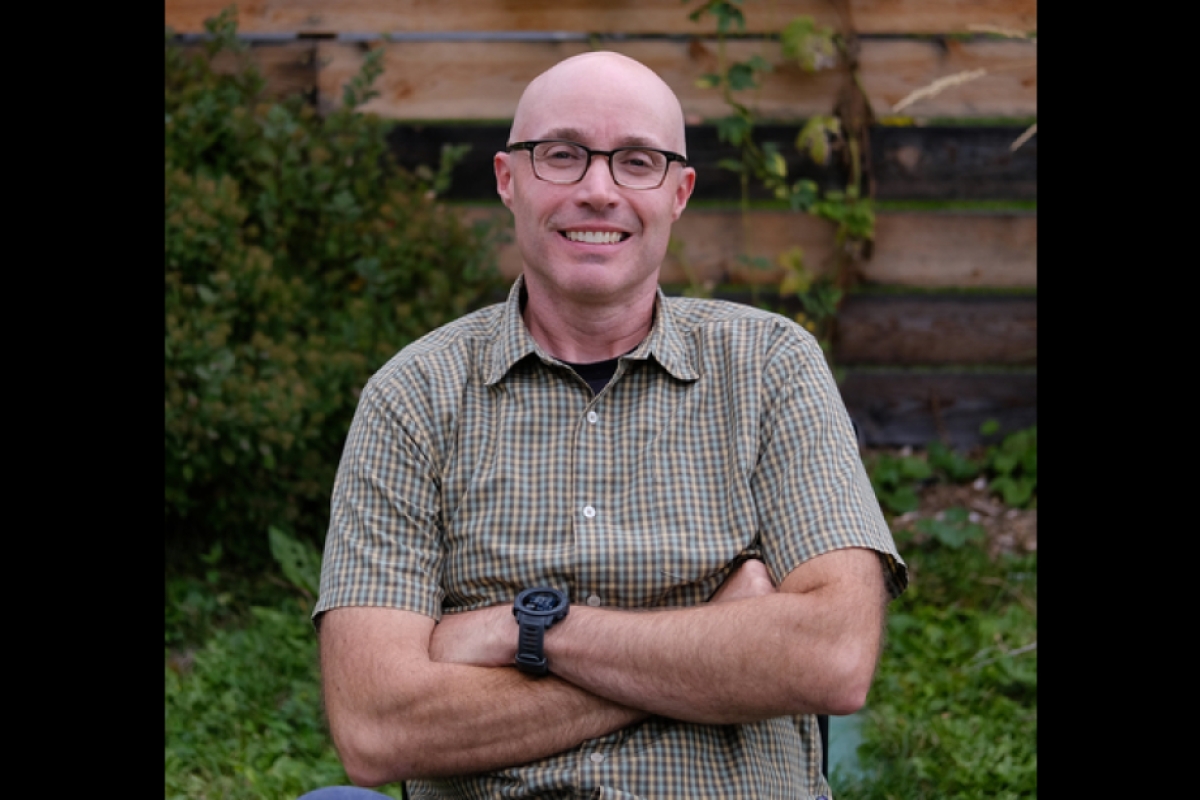ASU receives $12.5M NSF award to establish transdisciplinary institute
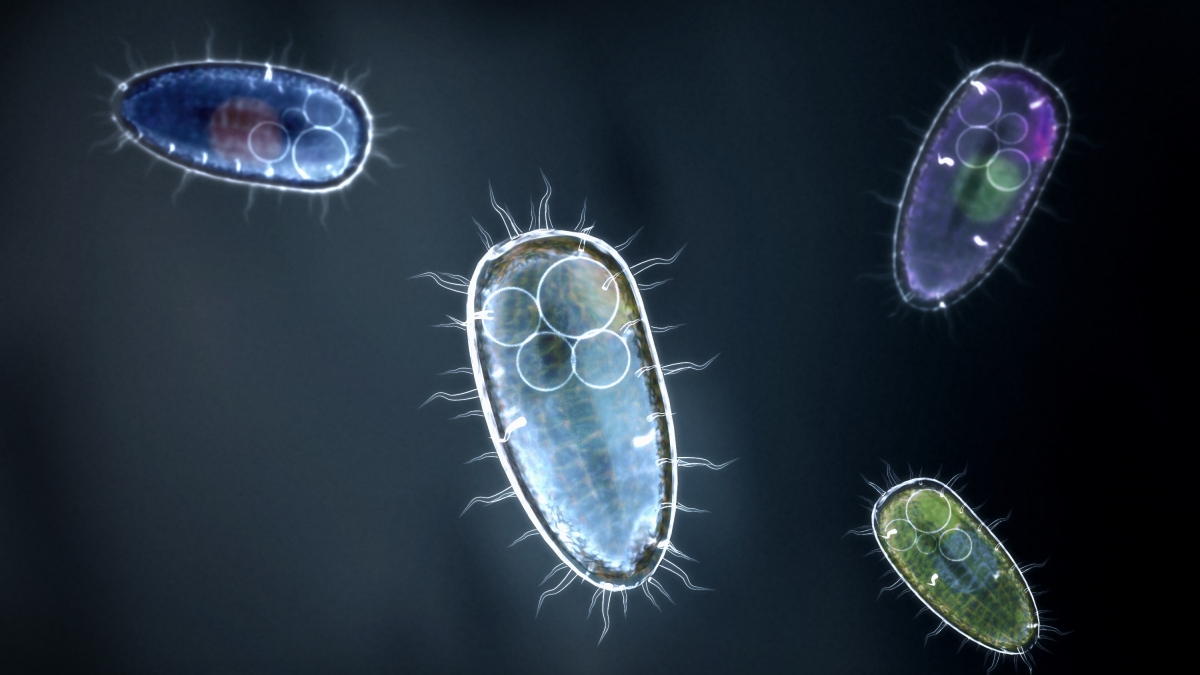
Evolutionary cell biology aims to unite the fields of cell biology and evolutionary theory into a rigorous new discipline, drawing on three great frameworks in theoretical and quantitative biology: biochemistry, biophysics and population genetics.
The National Science Foundation has announced the award of $12.5 million to Arizona State University for the development of a new Biological Integration Institute.
The award will initiate a universitywide program, under the direction of Michael Lynch, principal investigator and director of the Biodesign Center for Mechanisms of Evolution.
The new center will focus on the exciting, emergent field of evolutionary cell biology, a discipline Lynch has helped pioneer. It will examine the ways in which cellular evolution across life forms is guided by internal cellular constraints, based on the laws of biophysics, bioenergetics and population genetics. The intensely interdisciplinary undertaking will draw on tools from mathematics, physics, chemistry, biophysics, structural biology, cellular biology and evolution.
Lynch is joined by co-PIs Jeremy Wideman, Wayne Frasch, Kerry Geiler-Samerotte and Ke Hu, all of whom are researchers in the Biodesign Center for Mechanisms of Evolution.
The institutes represent an ambitious program designed by the NSF to encourage collaborative teams to investigate questions spanning multiple disciplines within and beyond biology.
According to the NSF: “Each institute must identify a research theme, centered around a compelling and broad biological question poised for breakthroughs by collaboration across biological subdisciplines.”
A field is born
Over a century and a half has passed since Charles Darwin published “On the Origin of Species." Yet, the underlying mechanisms responsible for the astonishing variety of life on Earth are only partially understood. This is particularly true of evolutionary processes at the cellular level.
Cells are fundamental units of life. Evolutionary cell biology investigates cellular life to help illuminate the processes of evolution, while using the tools and perspectives of evolutionary biology to explore how cells work and why they assume the diverse forms they do.
Despite significant advances in fields ranging from molecular and genome evolution to evolutionary developmental biology and ecology, investigations of cellular evolution are sorely lacking. “We just jumped over the cell and yet that's where all biology starts — at the cellular level,” Lynch said.
Evolutionary cell biology aims to unite the fields of cell biology and evolutionary theory into a rigorous new discipline, drawing on three great frameworks in theoretical and quantitative biology: biochemistry, biophysics and population genetics.
As Lynch notes, crucial concepts in biochemistry and biophysics have been profoundly underexplored in the world of evolutionary biology, while cell biologists have, for the most part, avoided consideration of the evolutionary pathways by which various cell features may have emerged.
“We are thrilled that ASU will play host to a profoundly creative and interdisciplinary effort to understand the evolutionary underpinnings of cell structure, function and diversity,” said Joshua LaBaer, executive director of the Biodesign Institute. “The research is poised to not only transform our appreciation of cells and evolutionary theory but provide crucial information to better address a range of societal issues, from antibiotic-, herbicide- and pesticide-resistance to the treatment and prevention of infectious diseases.”
An evolving research strategy
The blueprint for the new center includes three primary research objectives. The first major project will involve the construction of a vast atlas of the biology of cells, through a range of new investigative techniques. One problem facing the field is the fact that the majority of cell biology research to date has focused on a tiny subset of cellular diversity, specifically yeast cells and a few bacteria like E. coli.
“The idea here is to explore cells over the whole tree of life,” Lynch said. “We want to understand what's inside cells, how proteins are assigned to different subcellular locations, how much cells invest in different organelles, and so on.”
This phase of the project will also explore the internal anatomy of cells through 3D reconstructions of their interior components. The approach uses comparative genomics, spatial proteomics, microscopy and bioenergetic analyses to investigate cellular features and assess the biological costs of constructing and operating them. (This research will be carried out by co-PIs Frasch, Wideman and Hu.)
The second major theme will be so-called cell biology scaling laws. While the astonishing diversity of life spans some 21 orders of magnitude in size, biological systems have been shown to obey a series of systematic, quantitative rules. Research will investigate general scaling relationships across the tree of life; for example, how factors affect cell reproductive rates, numbers of mitochondria or how various molecules inside cells scale with cell size. This project uses a structural-biology approach to explore how highly conserved cellular complexes display wide evolutionary divergence.
Evolutionary cell biology will be integrated with theories of population genetics, including the study of how various non-adaptive mechanisms (such as genetic drift) may help dictate the nature of these scaling laws.
Finally, the third major project will focus on evolution in action through experimental studies in the lab. Lynch’s center has been engaged in this type of research since its inception. Here, a broad range of unicellular prokaryotic and eukaryotic species are being investigated.
In co-PI Geiler-Samerotte’s lab, a system is being developed that will allow different microbial strains to be barcoded so that mutations and subtle alterations in cell physiology can be tracked through time as they respond to variables like temperature, population size and food availability.
The emphasis on unicellular organisms will take advantage of their comparatively short generation times as well as the enormous phylogenetic, morphological, metabolic and ecological diversity of microbes, which vastly surpass that of metazoans and land plants.
The goal will be to integrate these three independent projects to reveal the cellular rules of life and establish mechanistic principles, rooted in evolutionary theory, to explain them.
The institute is expected to have a global, transformative impact, revising the ways in which cell biologists consider evolutionary processes and constraints, and how evolutionary biologists decipher underlying cellular mechanisms across diverse forms of life.
Next-generation science
An important mandate for new centers is broad student participation and public outreach. ASU’s institute initiative will be continuously receptive to new proposals from university participants as well as the global research community. A journal club will engage local students to be involved with three- to four-week clusters, focusing on a particular research theme. The institute will also host exchange programs for national and international researchers, and will be guided further through its local and international advisory boards.
The Biodesign Center for Mechanisms in Evolution has formed a community college research and teaching exchange with Glendale Community College, overseen by Biological Integration Institute collaborator and center researcher John McCutcheon.
The proposed educational opportunities are designed to help retain students in STEM fields and advance interested students into four-year programs. In the longer term, the institute hopes to train a new generation of researchers in the growing field of evolutionary cell biology and advance these researchers into positions in academia, industry, government and NGOs.
Lynch is well-positioned to lead this ambitious effort. In addition to directing the Biodesign Center for Mechanisms of Evolution, he is the recipient of numerous awards for outstanding research in his field, most recently, the prestigious Lifetime Contribution Award from the Society for Molecular Biology and Evolution.
Lynch is a member of the U.S. National Academy of Sciences and of the American Academy of Arts and Sciences. He is also a past president or member of the Society for Molecular Biology and Evolution, the Genetics Society of America, the Society for the Study of Evolution and the American Genetics Association.
More Science and technology
Extreme HGTV: Students to learn how to design habitats for living, working in space
Architecture students at Arizona State University already learn how to design spaces for many kinds of environments, and now they…
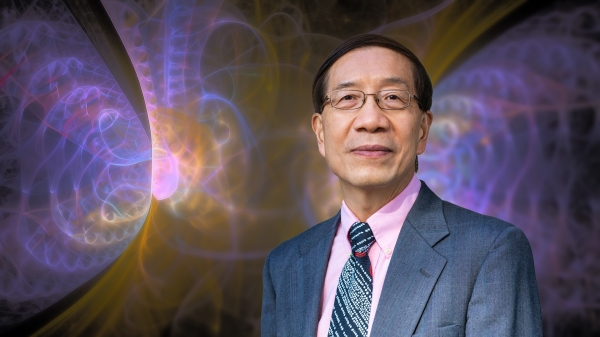
Human brains teach AI new skills
Artificial intelligence, or AI, is rapidly advancing, but it hasn’t yet outpaced human intelligence. Our brains’ capacity for…
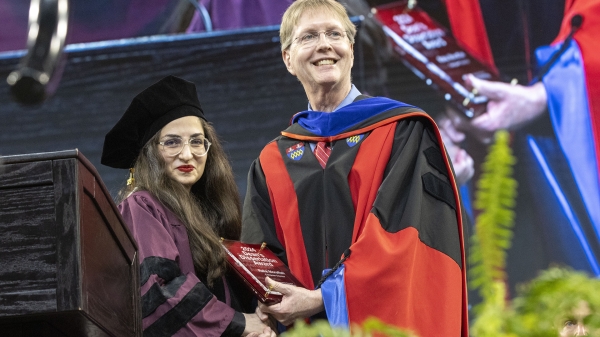
Doctoral students cruise into roles as computer engineering innovators
Raha Moraffah is grateful for her experiences as a doctoral student in the School of Computing and Augmented Intelligence, part…
